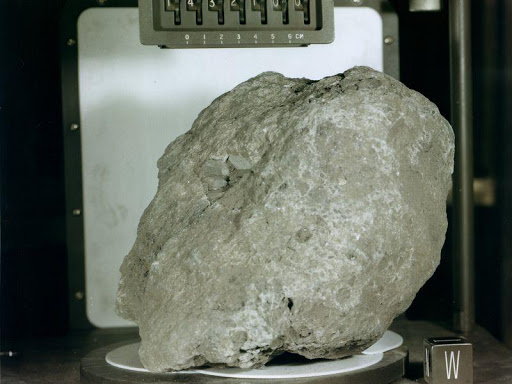

Jeremy Bellucci (B.S. ’06) and colleagues recently determined that a felsite clast in a sample of Lunar regolith (Apollo sample 14321), collected by Apollo 14 astronaut Alan Shepard on February 6, 1971, may be derived from Earth’s Archean crust. Jeremy and team’s fascinating results were published in a recent issue of Earth and Planetary Sciences Letters (vol. 510, pp. 173-175, 2019) and involved detailed ion beam analyses (SIMS) of trace element concentrations in 4.01 Ga zircon and quartz from the felsite clast. Details of their analyses and calculated equilibrium zircon crystallization pressures, combined with previous age and oxygen fugacity determinations, suggest the felsite clasts in the Lunar regolith are most likely derived from Earth’s surface during an impact event. The clasts were ejected from Earth and delivered to the Lunar surface where they were subsequently entrained in the regolith and chemically modified during the Imbrium Lunar impact event. Read more about Jeremy’s paper in this EOS paper.
After graduating from Illinois, Jeremy completed his Ph.D. in Geochemistry at the University of Maryland (’11), followed by a postdoctoral position at Notre Dame (‘11-‘13). Jeremy is currently a Research Scientist with the Natural History Museum of Sweden in Stockholm.